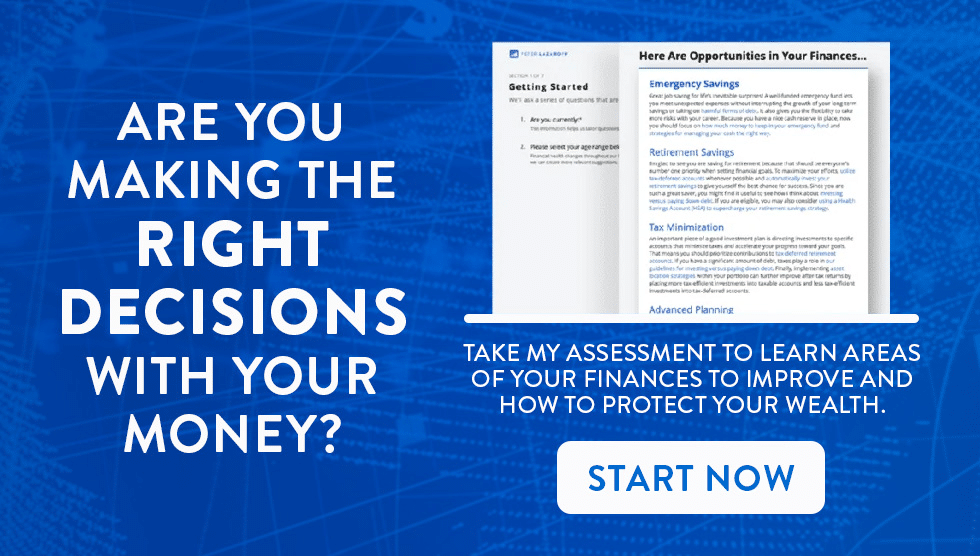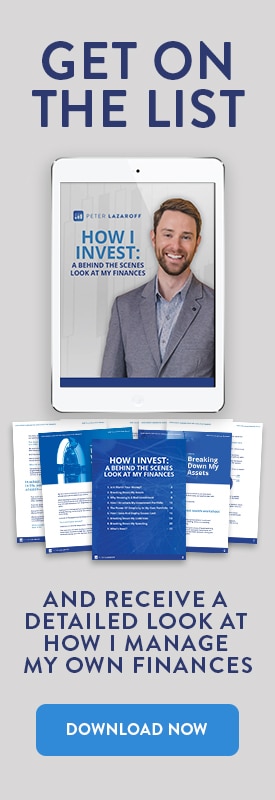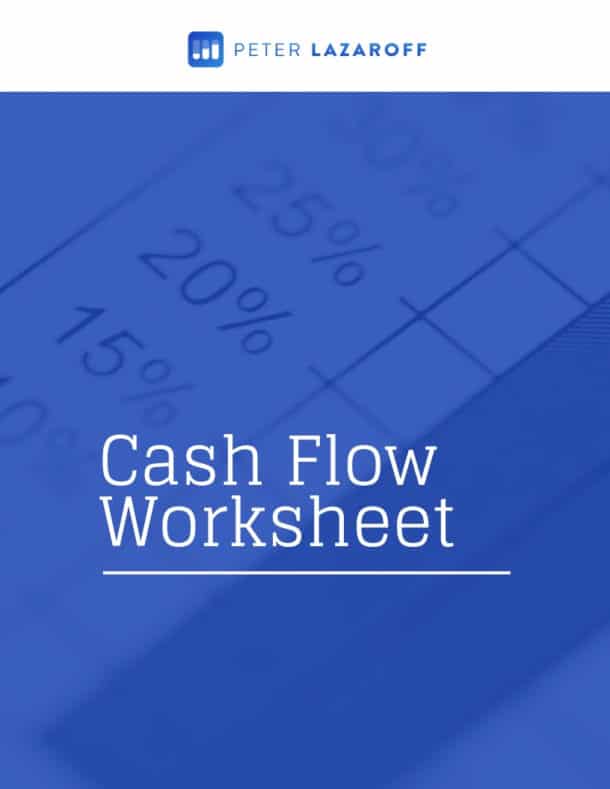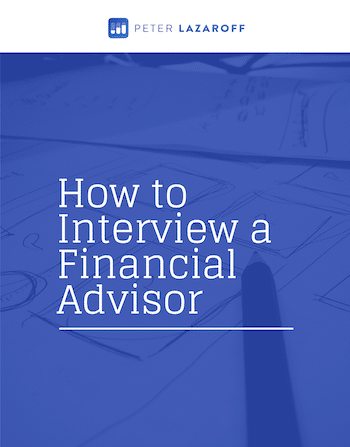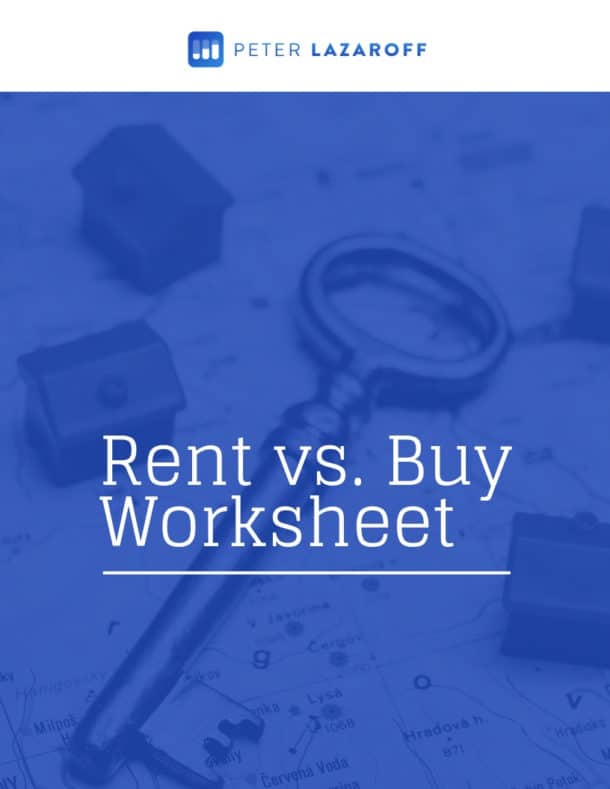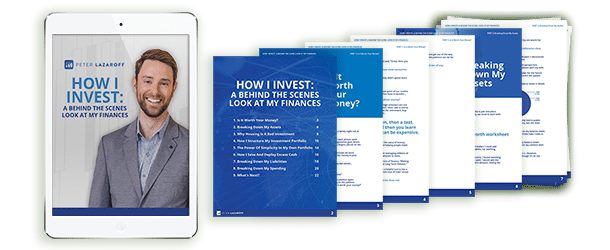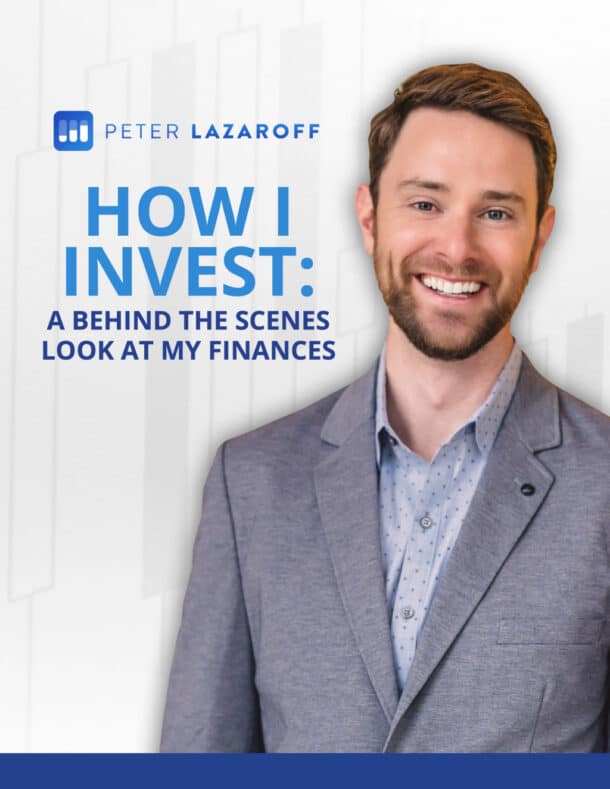Watch Now
Listen Now
This week’s episode is extra special as it was recorded live at the Morningstar Investment Conference in Chicago. This prestigious event brings together advisors and financial experts to share cutting-edge research, expert insights, and thorough analysis, making it a valuable resource for financial professionals.
Here I was joined by Phil Huber, author of The Allocator’s Edge: A Modern Guide to Alternative Investments and the Future of Diversification. Phil and I dive deep into the world of alternative investments, exploring why the traditional 60/40 portfolio faces challenges in today’s market and how alternatives can provide a viable solution. We also discuss the rise of private credit, the benefits of interval funds, and the importance of educating clients about these complex investment strategies.
While this conversation is tailored for practitioners, individual investors can also gain a wealth of knowledge about diversifying their portfolios and understanding the nuances of alternative investments. So whether you’re an advisor looking to refine your strategies or an investor eager to learn more, this episode has something for everyone.
Here are my notes from our conversation.
Sign up for my newsletter so you can easily reply to my emails with your thoughts or questions for the podcast:
The Case for Alternative Investments [2:23]
When Phil published The Allocator’s Edge: A Modern Guide to Alternative Investments and the Future of Diversification at the end of 2021, the dominant narrative supporting the use of alternative investments was high valuations on publicly traded stocks and bonds.
As it turned out, 2022 was the worst year for traditional asset allocation strategies in our lifetimes, but that also means that valuations are a bit better today. But Phil doesn’t see improving valuations as a reason to ignore alternative asset classes.
After all, the US Equity Premium (the excess return that investing in the stock market provides over a risk-free rate, typically represented by US Treasury bills) was negative in 30% of all one-year periods dating back to 1927. Even more, the US Equity premium was negative in 21% of five-year periods and 15% of 10-year observations.
As Phil notes, the narrative around private versus public markets is more prevalent today, but understanding the historical context of equity premiums is crucial.
Understanding and Implementing Alternatives [6:15]
Phil Huber defines alternative investments as anything outside the traditional categories of stocks, bonds, or cash. That the definition of alternatives can vary depending on one’s perspective. For example, real estate might be considered a traditional asset class by some, while others might view it as an alternative.
Phil categorizes alternatives as assets or strategies that deviate from traditional market beta exposure through variables like liquidity, implementation, or packaging. Examples include private equity, which is similar to public equity but illiquid; and strategies like value or momentum investing, which can be implemented using leverage, shorting, or derivatives to remove traditional market beta exposure.
When I asked the standing-room only crowd about their use of alternatives, roughly half of the room raised their hand. However, there is varying confidence among advisors regarding their implementation and evaluation.
Phil stresses the importance of education in ensuring that both advisors and clients understand the role and benefits of alternatives. He notes that while many advisors have become comfortable allocating stock and bond portfolios, there is still a learning curve when it comes to alternatives.
Educating Clients on Alternatives [9:37]
Education plays a crucial role in the use of alternatives among both advisors and end clients.
As Phil notes, it’s important to have realistic expectations and find a way to simplify complex investment concepts. In his experience, Phil notes that clients often give new investments a shorter leash when they underperform, especially if the investments aren’t easy to understand and uncorrelated to traditional stock and bond asset classes.
I see this with traditional asset classes as well. I can’t remember a client do anything but adamantly agree that being diversified is important. But that diversification is extremely difficult to appreciate when it means owning underperforming assets. For example, international stocks have trailed U.S. stocks for nearly two decades, and for good reason. But international stocks provide an important source of diversification that many simply don’t appreciate after years and years of underperformance.
In my experience, much like Phil’s, the lack of appreciation for diversifying assets is an obstacle to sticking with a portfolio in the long-term. Given the complexity of many alternative investments, it’s crucial for advisors to break down complex investments into more digestible information, appreciate the strategic value of alternatives, and build confidence in their investment decisions.

Exploring Private Equity [14:21]
Phil Huber explores the diverse landscape of private equity, explaining that it encompasses various types such as buyouts, growth equity, and venture capital. He describes how each type operates differently, with buyouts involving larger, established companies, while growth equity focuses on scaling businesses that are somewhere between buyout and venture stages.
Buyouts: This involves acquiring established companies, often with significant revenue and operational history. These buyouts can be further divided into mega, mid-sized, and small buyouts, depending on the size and scale of the transactions. Buyout firms typically improve the company’s operations and efficiency to increase its value before eventually selling it for a profit.
Growth Equity: Positioned between venture capital and buyouts, growth equity targets more mature companies that are past the startup phase but need capital to expand operations, enter new markets, or finance significant growth initiatives. These companies have proven business models but require additional resources to scale.
Venture Capital: Focused on early-stage, high-growth potential companies, venture capital investments carry the highest risk among the private equity categories. Venture capitalists provide funding to startups and emerging businesses that may not yet have a proven track record, betting on their potential for rapid growth and substantial returns.
Phil further elaborates on the various ways to invest in private equity:
Primary Commitments: Investing in a fund during its fundraising period, which involves a long-term commitment (typically 10-12 years) where capital is called and invested over several years, followed by a period of harvesting returns.
Secondaries: Buying interests in existing private equity funds, usually at a later stage in their lifecycle. This approach offers benefits like reduced j-curve effects and shorter time to liquidity, as the underlying portfolio is often already established.
Co-Investing: Directly investing alongside a private equity firm in specific deals, often with no additional fees or carry. This allows investors to participate opportunities while potentially reducing overall costs.
The Rise of Private Credit [16:45]
Private credit refers to non-bank lending where funds are provided by private entities rather than traditional financial institutions like banks. This asset class has seen explosive growth, driven partly as the result of regulatory changes following the 2008 financial crisis, which led banks to retreat from certain types of lending. This created a gap that private credit firms have filled, providing essential financing to middle-market companies.
Phil notes that private credit is not as new as it might seem. In fact, lending to middle-market companies is a huge part of the American economy. These companies, which typically generate between $10 million to $150 million in EBITDA, represent a significant portion of the US economy.
Private credit offers these businesses tailored financing solutions that are often more flexible and quicker to secure than traditional bank loans. This is particularly attractive to private equity sponsors looking for reliable financing for their portfolio companies.
Not only has growth come from fewer banks being able to make these loans post-GFC, but institutional investors have been drawn to the higher yields compared to traditional fixed-income investments. Plus, private credit often includes favorable covenants that protect lenders, offering an additional layer of security.
Other growth factors to private credit include the growth of private equity as the need for buyout financing has driven demand for private lending and the role of the expansion of the secondary market. The emergence and expansion of the secondary market for private credit has allowed companies to stay private longer by providing liquidity options for existing investments. This secondary market activity has further fueled the growth and stability of the private credit ecosystem.
Interval Funds: A Modern Solution [23:52]
Perhaps the biggest development in the alternative investment space is the growth of intervals, which offer a new way to invest in alternatives. As noted in the conversation, Morningstar just released their Essential Guide to Interval Funds, which nicely explains the practical applications while also covering the pros and cons of the vehicle.
Some stats I shared from the report in the conversation:
- Just ten years ago, Morningstar tracked 14 interval funds with about $2.9 billion in assets. As of June 2024, Morningstar tracked 100 with over $80 billion in assets, an annualized growth rate of 39%. Cliffwater Corporate Lending, the biggest interval fund, with more than $19 billion in assets as of early 2024, only launched in June 2019.
- The interval funds market is skewed towards its biggest players, the top five of which oversee about 60% of the AUM, versus a 43% share for the top five managers of active mutual funds and ETFs, as of April 2024.
- As of April 2024, taxable-bond, real estate, and municipal bond funds made up more than two-thirds of the interval funds in the Morningstar Direct database.
Interval funds provide operational advantages, such as lower minimums, no capital calls, and simplified tax reporting. Interval funds differ from traditional drawdown funds by offering more liquidity and accessibility, making them appealing to a broader range of investors.
Phil explains how interval funds help advisors and clients navigate the complexities of alternative investments while maintaining control over their investments. He highlights that interval funds can provide immediate access to a diversified portfolio, lower minimums, and ease of transacting, making them an attractive option for advisors and clients alike.

Crafting an Alternative Investment Strategy [32:14]
In this portion of the conversation, we discuss key considerations for building an alternative investment sleeve.
Client Objectives and Risk Tolerance:
Phil explains that the client’s risk tolerance and time horizon are critical factors. For instance, a client looking for long-term appreciation with a high-risk tolerance might be well-suited for private equity or venture capital investments. Conversely, a client seeking income with moderate risk might prefer private credit or real estate.
Liquidity Needs:
Another vital aspect is assessing the client’s liquidity needs. Many alternative investments are illiquid, meaning they cannot be easily converted to cash without a substantial loss in value. Understanding how much liquidity a client needs will help determine the appropriate allocation to illiquid assets. Phil points out that many high-net-worth clients are often overweight in liquidity, so there may be more room to allocate to illiquid investments than initially expected.
Account Types and Tax Considerations:
Phil stresses the importance of considering the tax status of the client’s accounts. Different types of alternative investments can have varying tax implications, and it’s essential to look at expected returns from an after-tax standpoint. Clients with a mix of taxable, IRA, and Roth accounts might have more flexibility in how they allocate investments to optimize tax efficiency.
Strategic Allocation:
When deciding on the allocation, Phil notes that single-digit allocations to alternatives are unlikely to significantly impact the portfolio. Therefore, advisors should ensure that the allocations are large enough to matter but not so large that they dominate the conversation at every client review meeting and introduce behavioral risk.
Sourcing Funds for Alternatives:
Phil discusses the importance of being thoughtful about where to source funds for alternative investments. For instance, private equity might come from the client’s public equity allocation, while private credit could replace a portion of the bond allocation. Advisors should avoid simply bucketing investments based on their names and instead consider the downside risk and correlation between asset classes to make informed decisions.
Phil’s insights underscore that crafting an alternative investment strategy requires a comprehensive understanding of the client’s financial situation and goals. By taking a strategic and tailored approach, advisors can effectively incorporate alternatives into portfolios to enhance diversification and potential returns.
Effective Communication and Benchmarking [36:09]
We finish the conversation stressing the critical role of effective communication in setting appropriate expectations and ensuring clients understand the nuances of their investment strategies.
Phil also emphasizes that understanding the downside risk and correlation between asset classes is crucial when benchmarking alternatives. He explains that while private equity and private debt can provide higher returns, they should not be assumed to be uncorrelated with traditional assets. Proper benchmarking helps clients appreciate the role of alternatives in their portfolios and ensures that they have realistic expectations about performance and liquidity.
Resources:
- Morningstar Investment Conference
- The Allocator’s Edge: A Modern Guide to Alternative Investments and the Future of Diversification
- Morningstar’s Essential Guide to Interval Funds
The Long Term Investor audio is edited by the team at The Podcast Consultant
Submit Your Question For the Podcast
Do you have a financial or investing question you want answered? Submit your question through the “Ask Me Anything” form at the bottom of my podcast page.
Support the Show
Thank you for being a listener to The Long Term Investor Podcast. If you’d like to help spread the word and help other listeners find the show, please click here to leave a review.
I read every single one and appreciate you taking the time to let me know what you think.
Free Financial Assessment
Do you want to make smart decisions with your money? Discover your biggest opportunities in just a few questions with my Financial Wellness Assessment.
